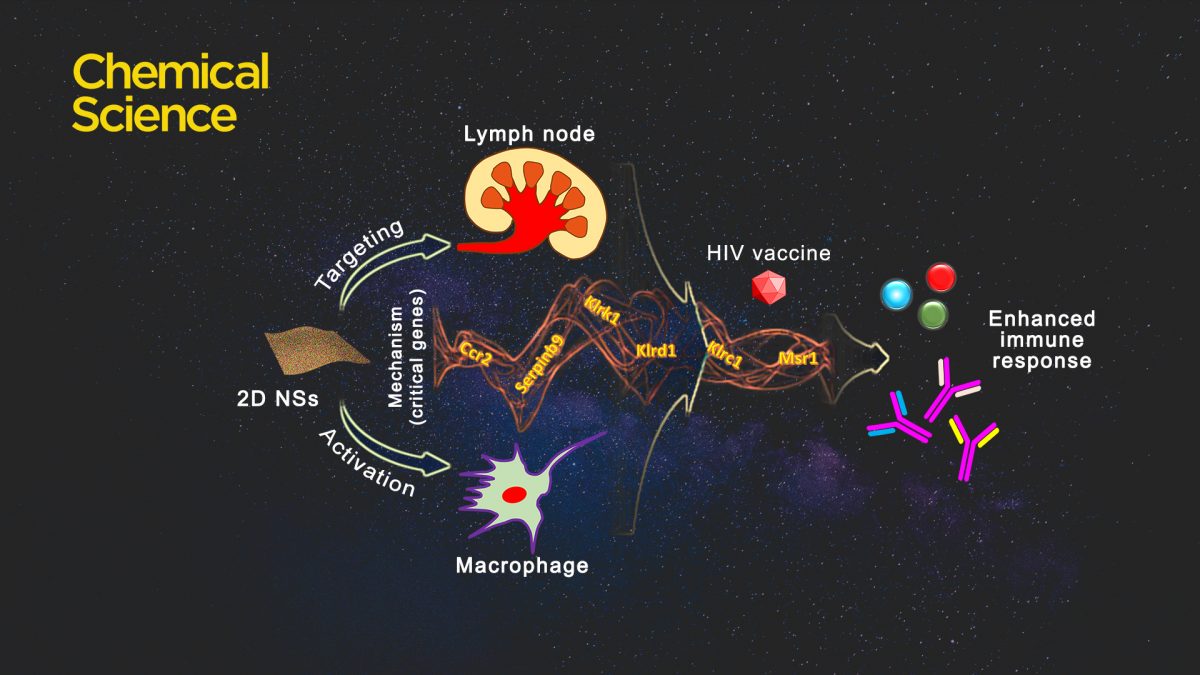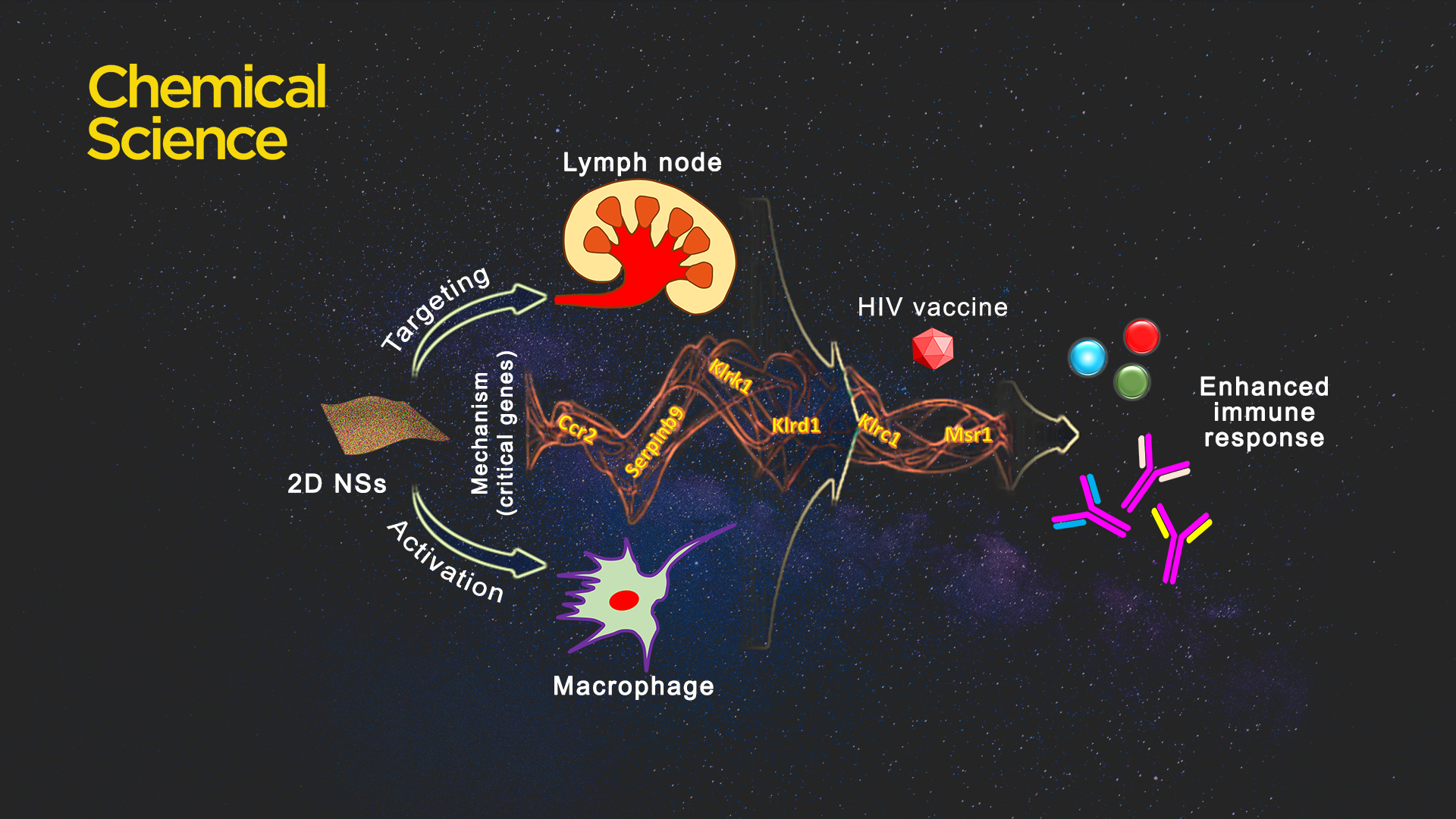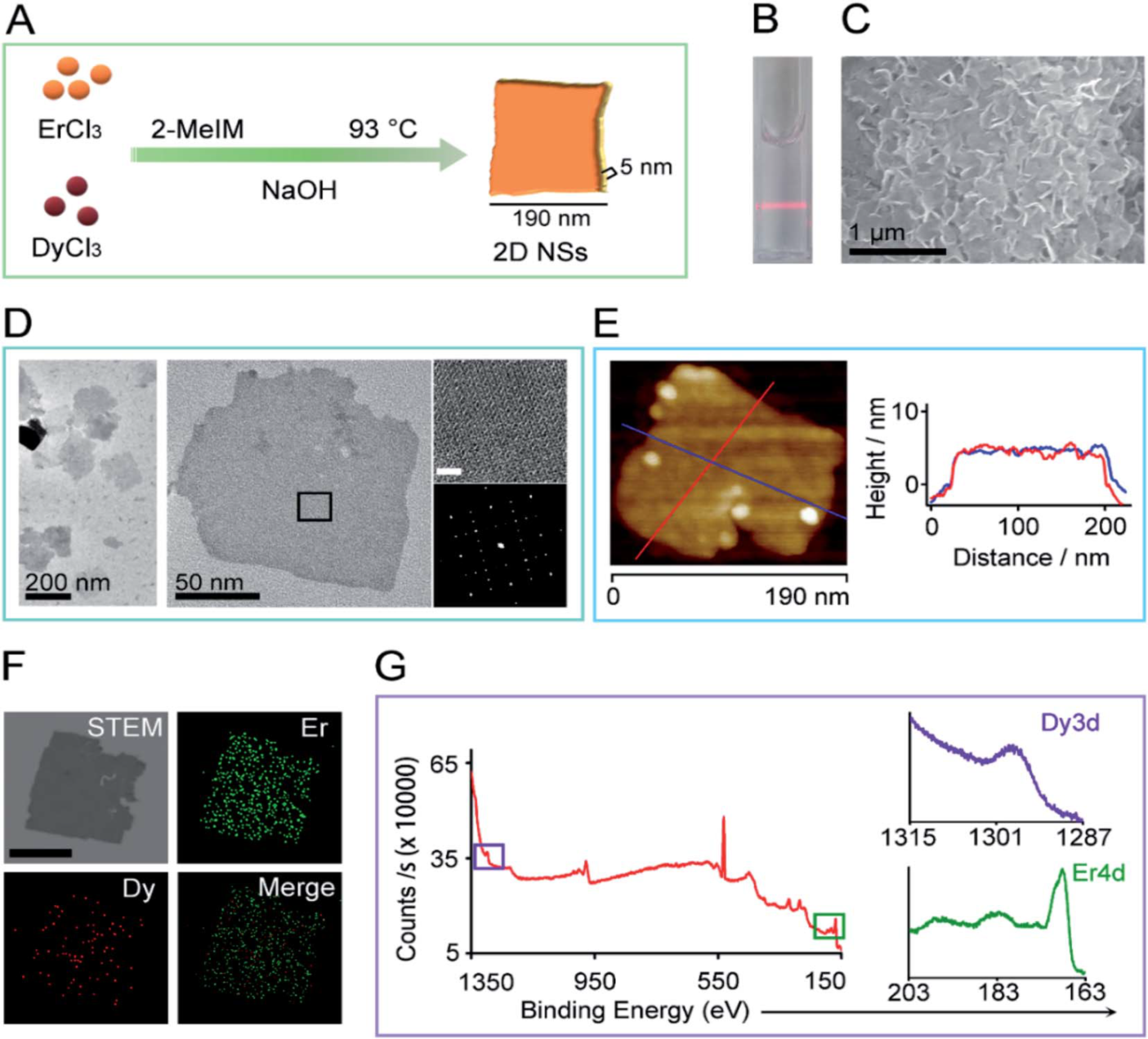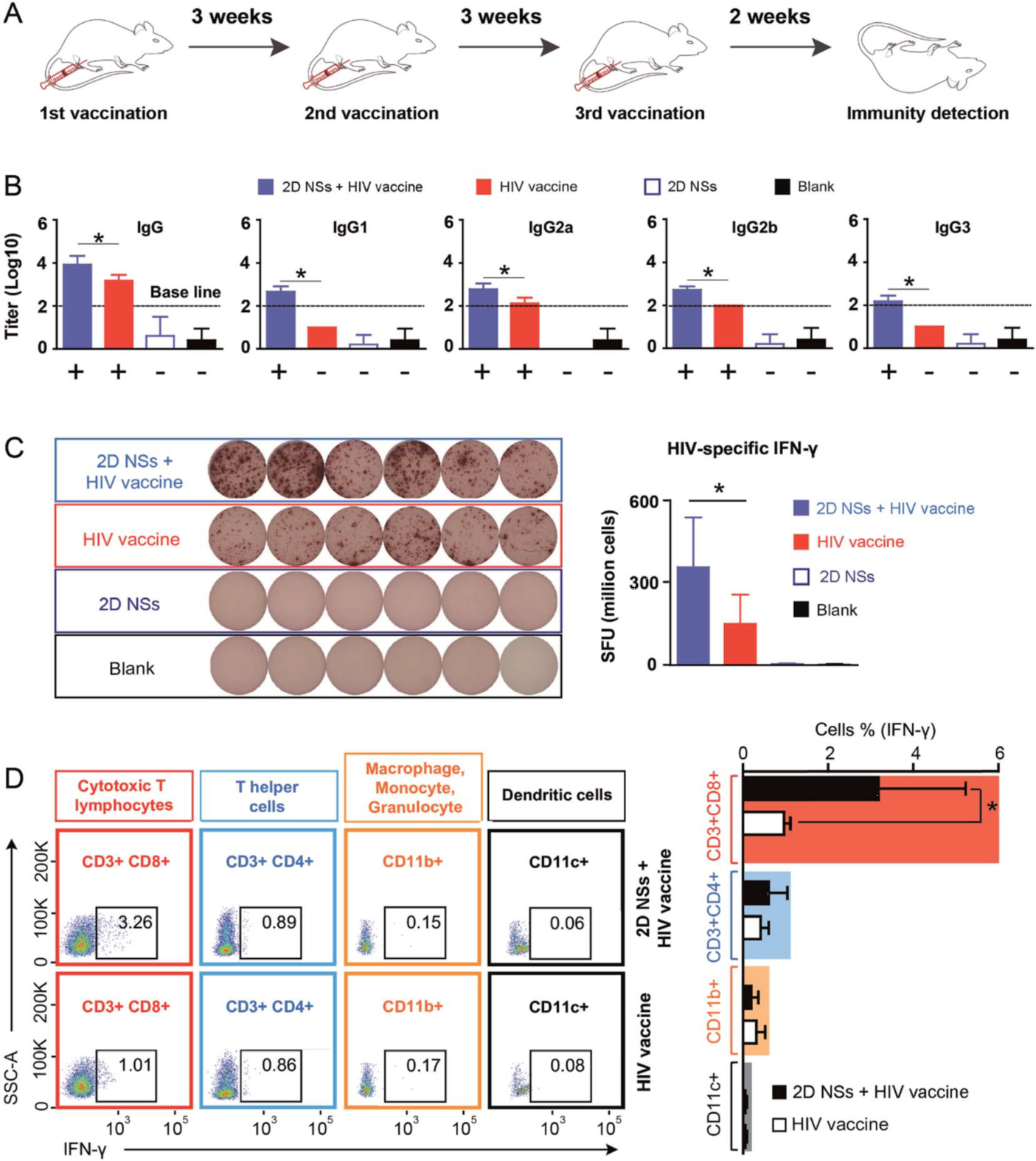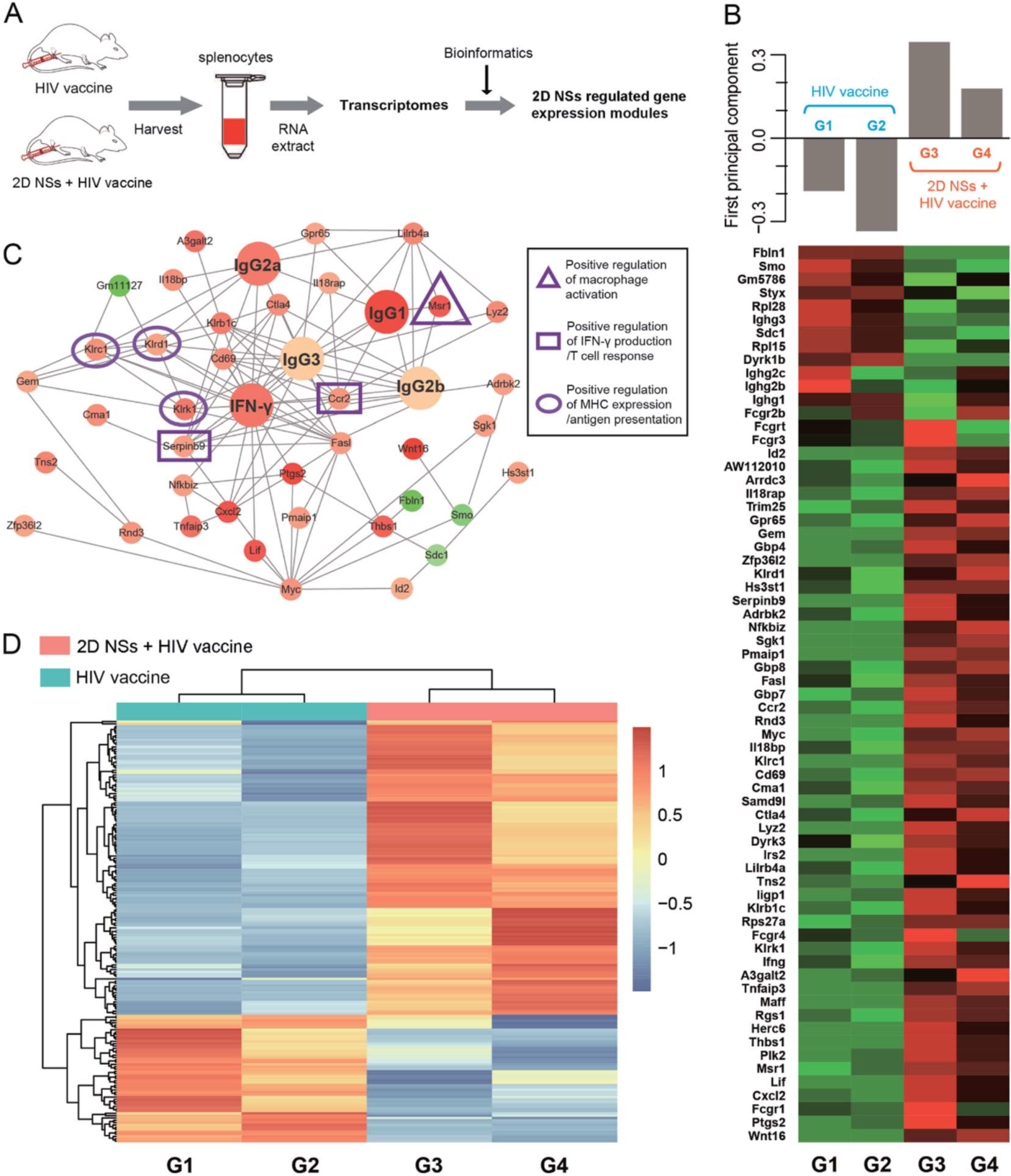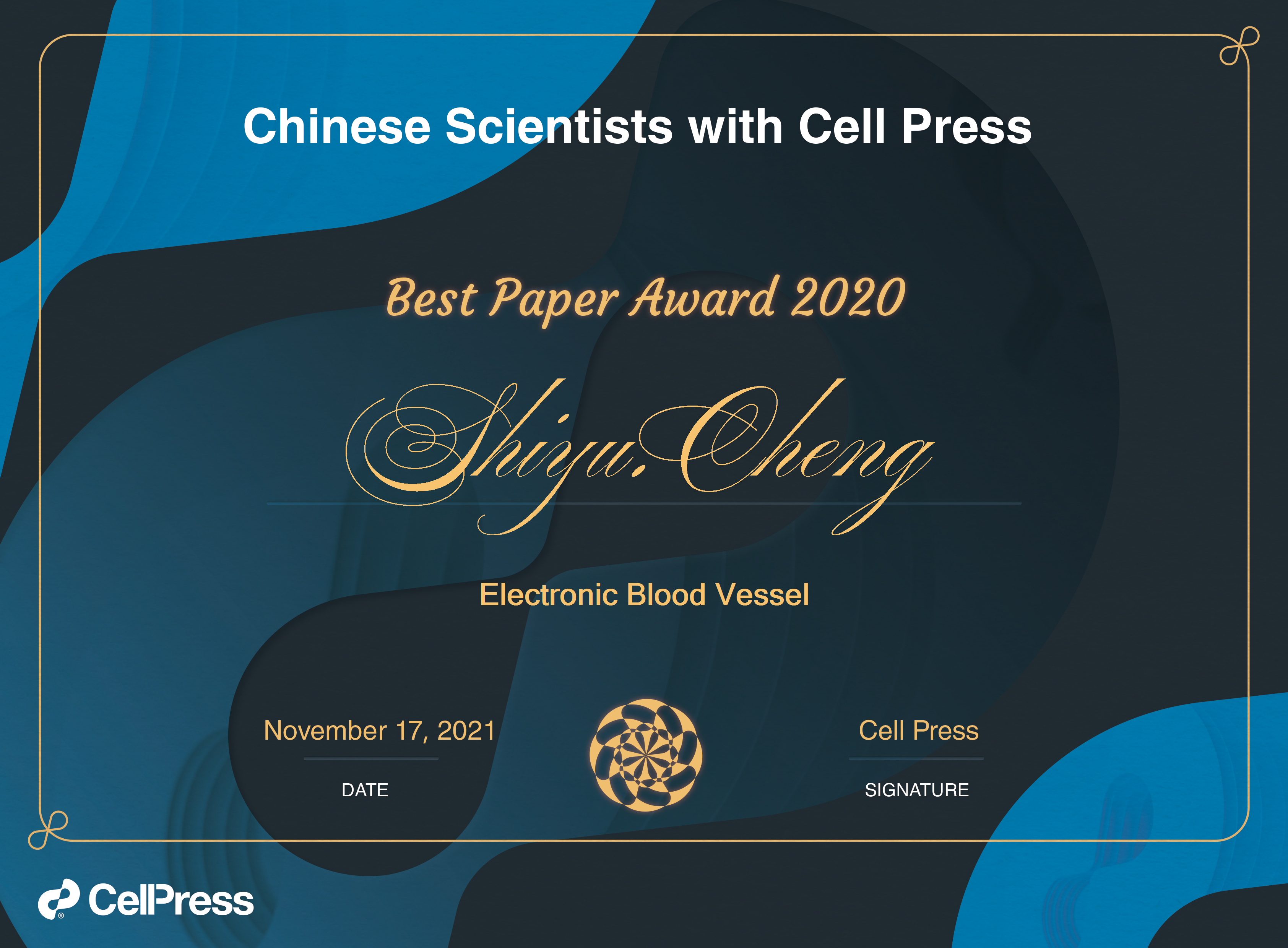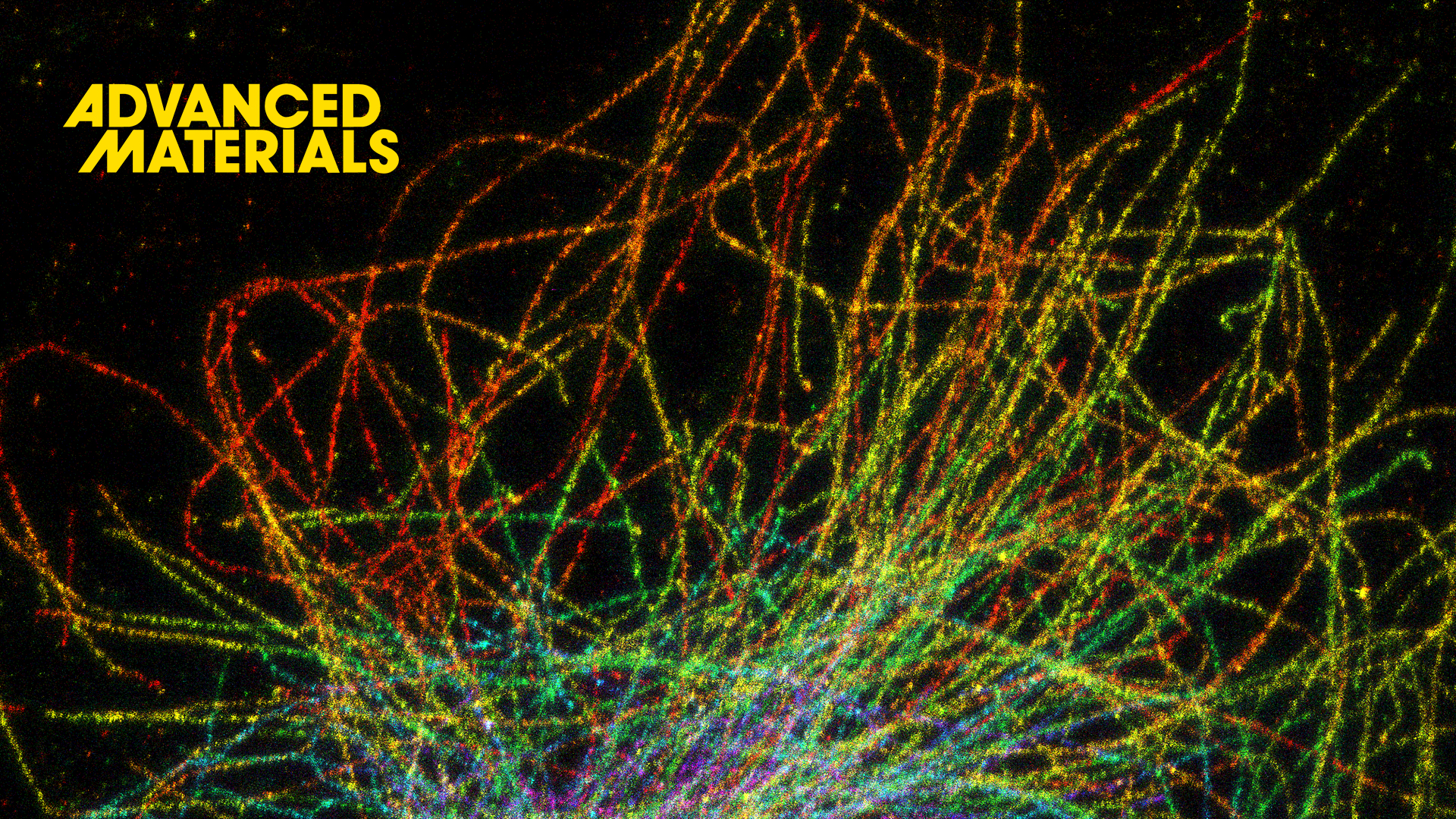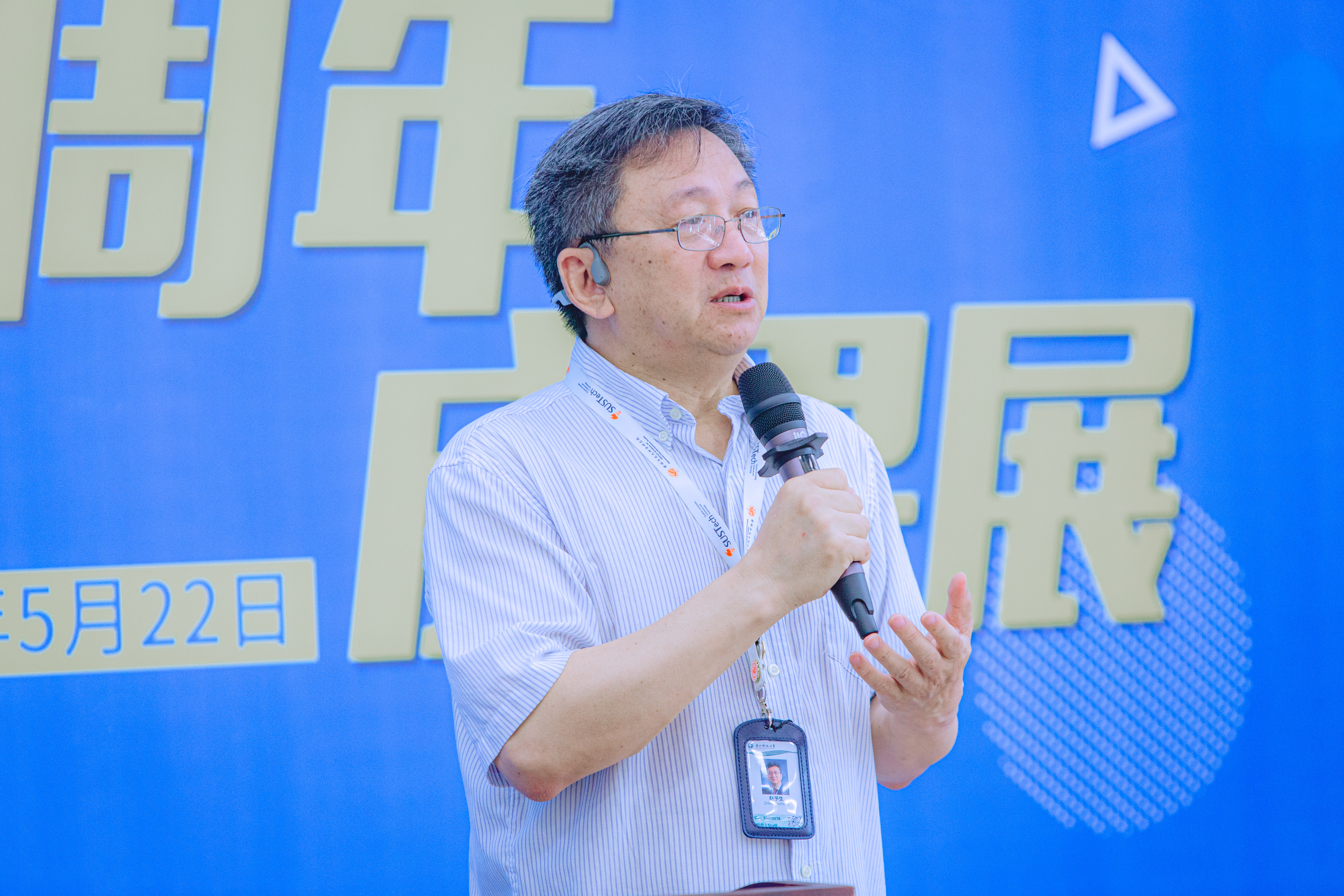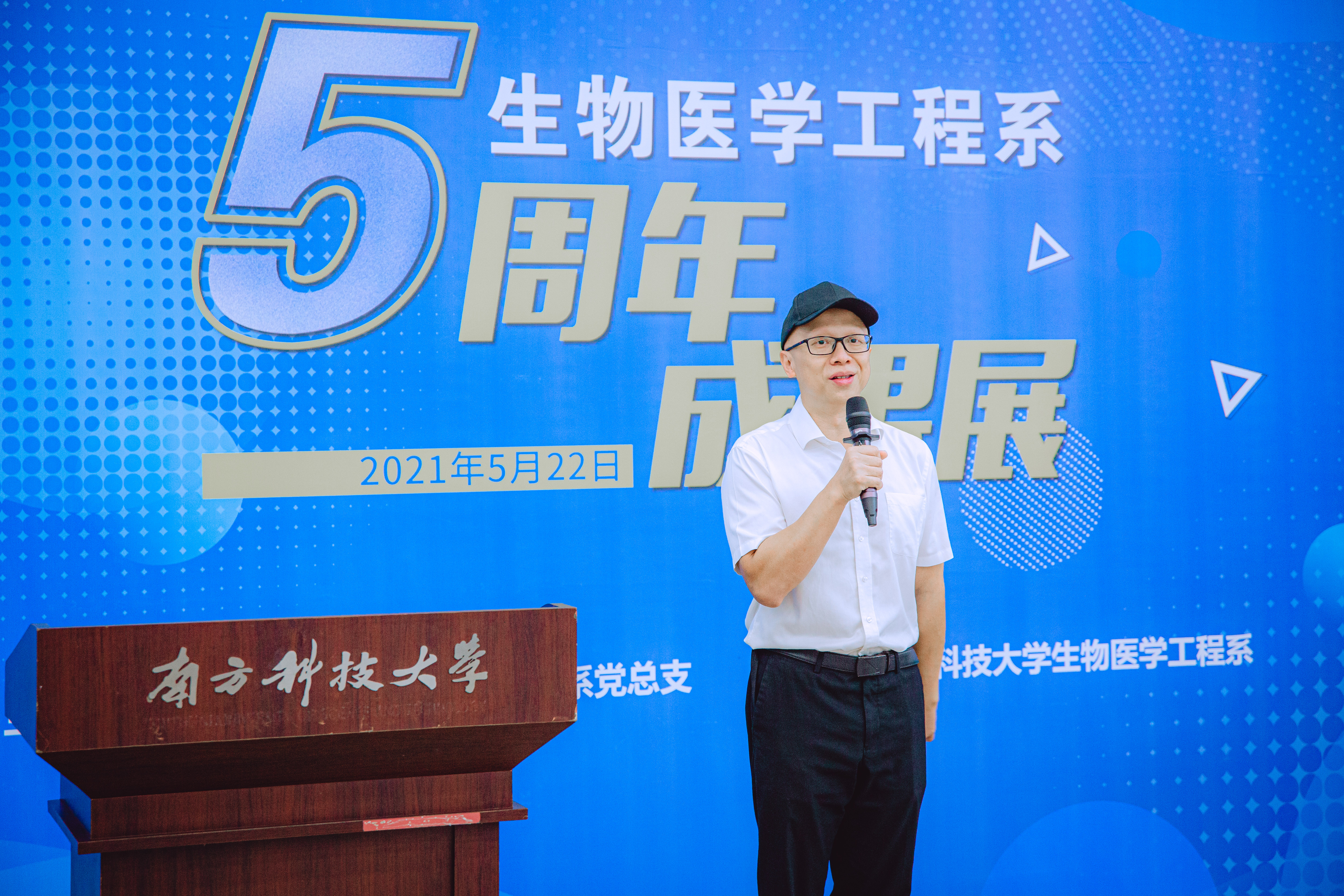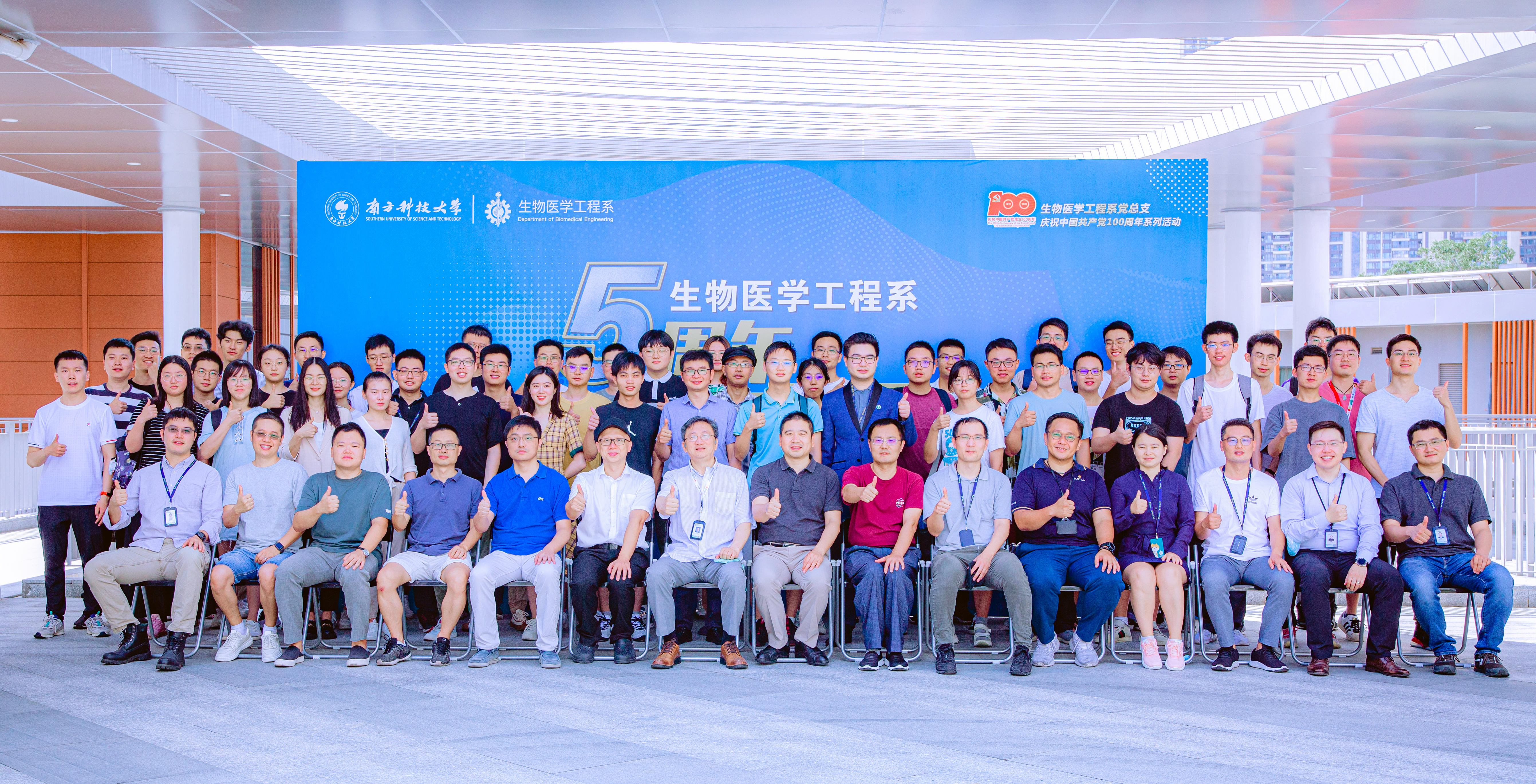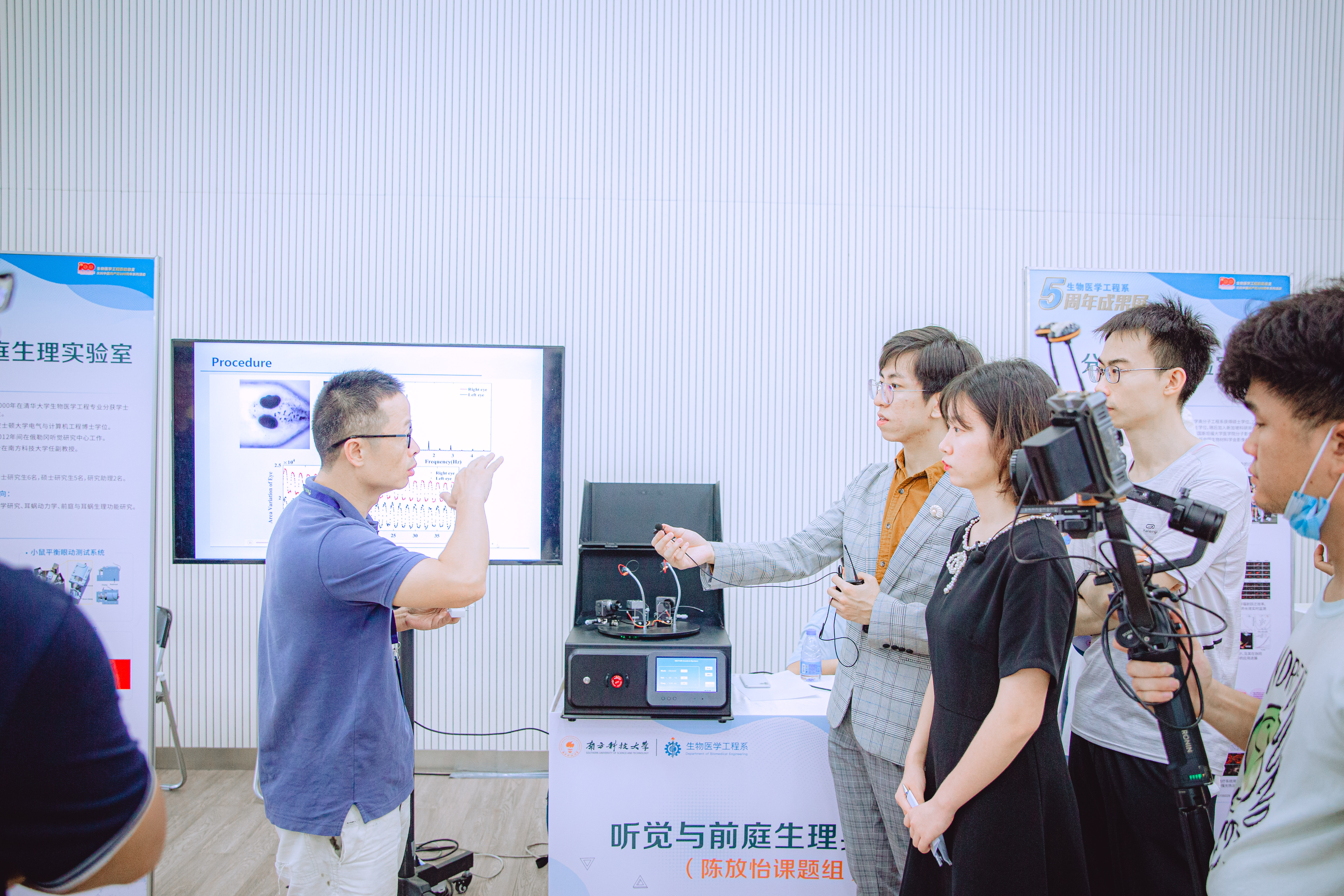The Southern University of Science and Technology (SUSTech) Biomedical Engineering Global Young Scientist Forum is an annual conference for the recruitment of outstanding talent around the world. We are seeking top researchers, educators and leaders in their field to join SUSTech on its journey to become a world-class research university.
Forum Schedule
Date: To be notified
Venue: Online (through an remote conference platform)
Recruiting Categories
Senior Faculty (Chair Professor / Professor)
Junior Faculty (Tenure-track Associate / Assistant professor)
How to apply
Please submit your full CV and a Research Proposal to bmehr@sustech.edu.cn, with subject “SUSTech Biomedical Engineering Global Young Scientist Forum – your research area” for evaluation. Please arrange to have 3 letters of reference sent directly to bmehr@sustech.edu.cn, with the applicant’s name as the subject.
We are recruiting throughout the year. But for inclusion into this forum, please send the application package by January 30, 2022.
Contact Information
Ms. Jessie Zhang
Tel: +86-755-88018466
Email: bmehr@sustech.edu.cn
Eligibility and Benefits
Senior faculty (Chair Professor / Professor)
1. A candidate should be:
a candidate for a national-level talent program, or
a tenured associate or full professor at a well-known overseas university or research institute, or
a leading talent with internationally recognized achievements.
2.Supporting policies
· Research funds: To be discussed on a case-by-case basis
· Support for research group:
SUSTech enrolls postdoctoral research fellows each year without a cap on enrollment numbers;
A senior faculty may hire research professor(s) on his/her own;
The research professor(s) under an senior faculty member may apply for scientific research start-up fund(s) from SUSTech.
3.Remuneration
(1) Salary: A globally competitive salary is provided;
(2) Public and private insurance:
SUSTech purchases five types of public insurances (endowment insurance, medical insurance, unemployment insurance, industrial injury insurance and maternity insurance) and a housing provident fund that meets the highest standard of The City of Shenzhen.
SUSTech also provides supplementary private medical insurance and high-end commercial medical insurance with coverage that spans the Greater China Region.
(3) Personal subsidies
In accordance with relevant policies of talent programs at the national, provincial or municipal level, SUSTech provides assistance to outstanding faculty members to apply for corresponding talent program(s). Any successful candidate is entitled to the program funding/subsidy in accordance with the relevant rules.
4.Living
(1) Accommodation and subsidies
Temporary on-campus apartments or subsidies for supporting off-campus rental housing are provided, depending on the availability of on-campus faculty housing.
(2) Other benefits
SUSTech can assist in applying for registered permanent residence within Shenzhen or a residence permit for outstanding faculty members and members of their family (spouses and children);
SUSTech can also assist in the school enrollment of children and the employment of spouses of outstanding faculty members.
Junior Faculty (Tenure-track Associate / Assistant professor)
1.A candidate should meet the following qualifications:
Be under the age of 40;
Have 3 years of overseas scientific research experience after obtaining a doctoral degree from an overseas university/institute or a doctoral degree from a university/institute in China;
2.Supporting policies
· Research funds:
· A scientific research start-up fund of ~ U$ 700,000 (including the supporting fund from the government) over a five-year span is provided to each junior faculty member by the government and SUSTech.
· Under certain circumstances, research funds can be discussed on a case-by-case basis.
· Support for research group:
SUSTech enrolls postdoctoral research fellows each year without a cap on enrollment numbers;
A young faculty member may hire research professor(s);
The research professor(s) under a young faculty member may apply for scientific research start-up fund(s) from SUSTech.
3.Remuneration
(1) Salary: A globally competitive salary is provided;
(2) Public and private insurance:
SUSTech purchases five types of public insurances (endowment insurance, medical insurance, unemployment insurance, industrial injury insurance and maternity insurance) and a housing provident fund that meet the highest standard of Shenzhen Municipality.
SUSTech also provides supplementary private medical insurance and high-end commercial medical insurance with coverage that spans the Greater China Region.
(3) Personal subsidies
In accordance with relevant policies of talent programs at the national, provincial or municipal level, SUSTech provides assistance to young talent to apply for corresponding talent program(s). Any successful candidate is entitled to the program funding/ subsidy in accordance with the relevant rules.
4.Living
(1) Accommodation
Temporary on-campus apartments or subsidies for supporting off-campus rental housing are provided, depending on the availability of on-campus faculty housing.
(2) Other benefits
SUSTech can assist in applying for registered permanent residence within Shenzhen or a foreigner’s work permit or a foreigner’s residence permit for young faculty members and/or their family members (spouses and children);
SUSTech can also assist in the school enrollment of children and the employment of spouses of young faculty members.
About SUSTech
Southern University of Science and Technology (SUSTech) is a public university established to a very high standard and high positioning right from the start by the City of Shenzhen, against the background of higher education reform and development in China.
Its mission is to play a pioneering and demonstrative role in the reform of higher education in China, and it serves the goals of both building China into a truly innovative country and building Shenzhen into a truly innovative city.
Established in April 2012 with the approval of the Ministry of Education, SUSTech was selected as a national pilot school for conducting comprehensive national higher education reform. SUSTech undertakes the important mission of building both a modern university system with Chinese characteristics and exploring innovative new model for talent training.
Modeling itself after world-class polytechnic universities in terms of the courses it offers and the model it uses to run the school, SUSTech focuses on teaching and research in sciences, engineering and medicine. It provides undergraduate, postgraduate and doctoral programs across various fields. It conducts research in a number of new branches of learning, striving to become not just a think tank that can guide social development but also a source of new knowledge and new technologies.
SUSTech will carry forward its spirit of “blazing trails, seeking truth and being practical, adopting reform and fostering innovation, and pursuing excellence.” It will highlight the philosophy that drives the running of the school, that of “creating knowledge, making innovation, and breaking new ground”, while contributing its share to the process of building Shenzhen into a truly internationalized, modernized, and innovative city. It will work hard to rapidly develop into a high-level international research university that attracts first-class faculty members, trains top-notch innovative talents, achieves world-class academic results, and promotes the application of scientific technologies. All these efforts will further reinforce SUSTech’s becoming a world-class research university.
About the Department of Biomedical Engineering (BME) of SUSTech
The Department of Biomedical Engineering (BME) of SUSTech was established in June 2016, and is currently headed by Chair Professor Xingyu JIANG (Ph.D. Harvard University).
The Department currently boasts 40 core faculty members. Many of them have garnered awards including “The National Science Fund for Distinguished Young Scholars” and “Outstanding Young Scholars of National Science Foundation of China.”
These core faculty members’ research areas include mechanomedicine, wearable health devices and the wireless monitoring thereof, de novo regenerative engineering, multiscale/multimodal biomedical imaging, computational medicine for Big Data and health informatics, biomedical MEMS, and nanomedicine.
As BME is currently enjoying a golden age of rapid development, it is able to provide each professor with ample laboratory facilities and office space.
The Department sincerely invites and welcomes all outstanding global talents to join us in creating an innovative interdisciplinary research platform. Leveraging the first-class scientific research and teaching conditions at SUSTech, together we will strive to build the Department into an internationally renowned research base for biomedical engineering.
Further information about the Department is available at https://bme.sustech.edu.cn/
We are hiring more positions, please apply online!
welcome all eligible scholars at home and abroad to apply and attend!

